alias: oriental small-clawed otter, asian short-clawed otter, ash otter
predators: large carnivores, crocodiles
threats: poaching, habitat loss, overfishing, pet trade, pollution
size: 65-94 cm (body 40-63 cm; tail 25-35 cm) weight: 2-5 kg
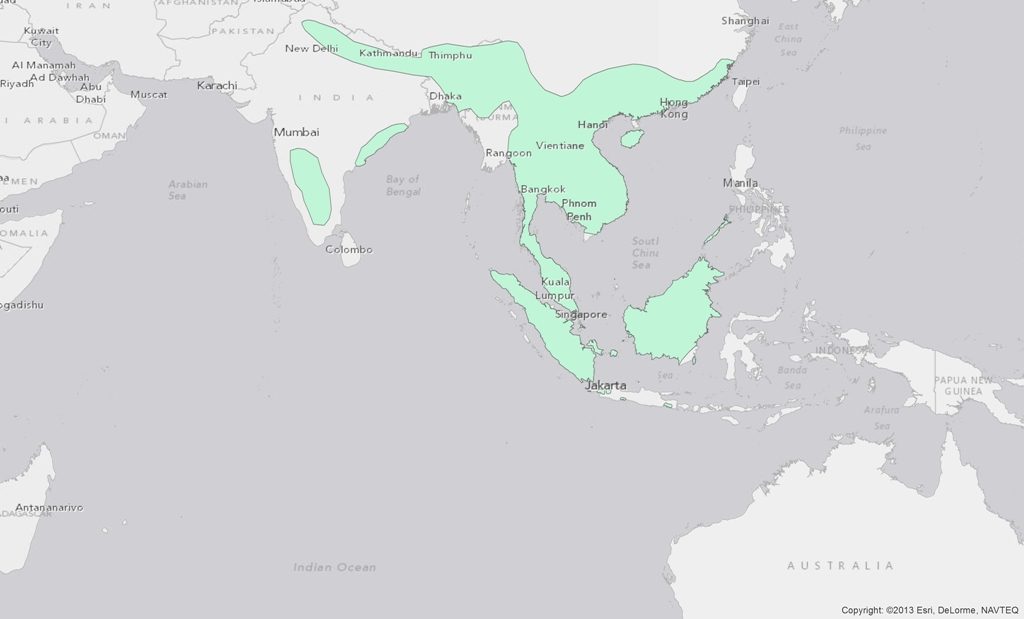
If you give an otter a piece of fish, the otter will reach for it with its mouth. Give a small-clawed otter a piece of fish and it will grab it in its hands! An extremely dextrous animal with reduced claws (hence the name) and diminished webbing between the fingers, this otter is probably the most charismatic in the world. Like its close cousin the smooth-coated otter, it is very social, forming dynamic, playful family groups. They form lifelong monogamous pairs and are very adaptable, living in fast flowing waters in Thailand, pools of stagnant water in West Java, swamps, rice paddies, peat and mangrove forests. During their foraging trips they wander further from the water than other Asiatic species, looking for crabs, along with snails, molluscs, insects and small fish. Sometimes seen in large groups of up to 20 individuals, the crab-eating otters are seen as an asset by local rice farmers since crabs are considered a pest in rice paddies.
Download the Red List Fact Sheet


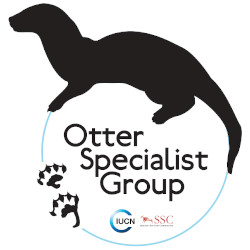
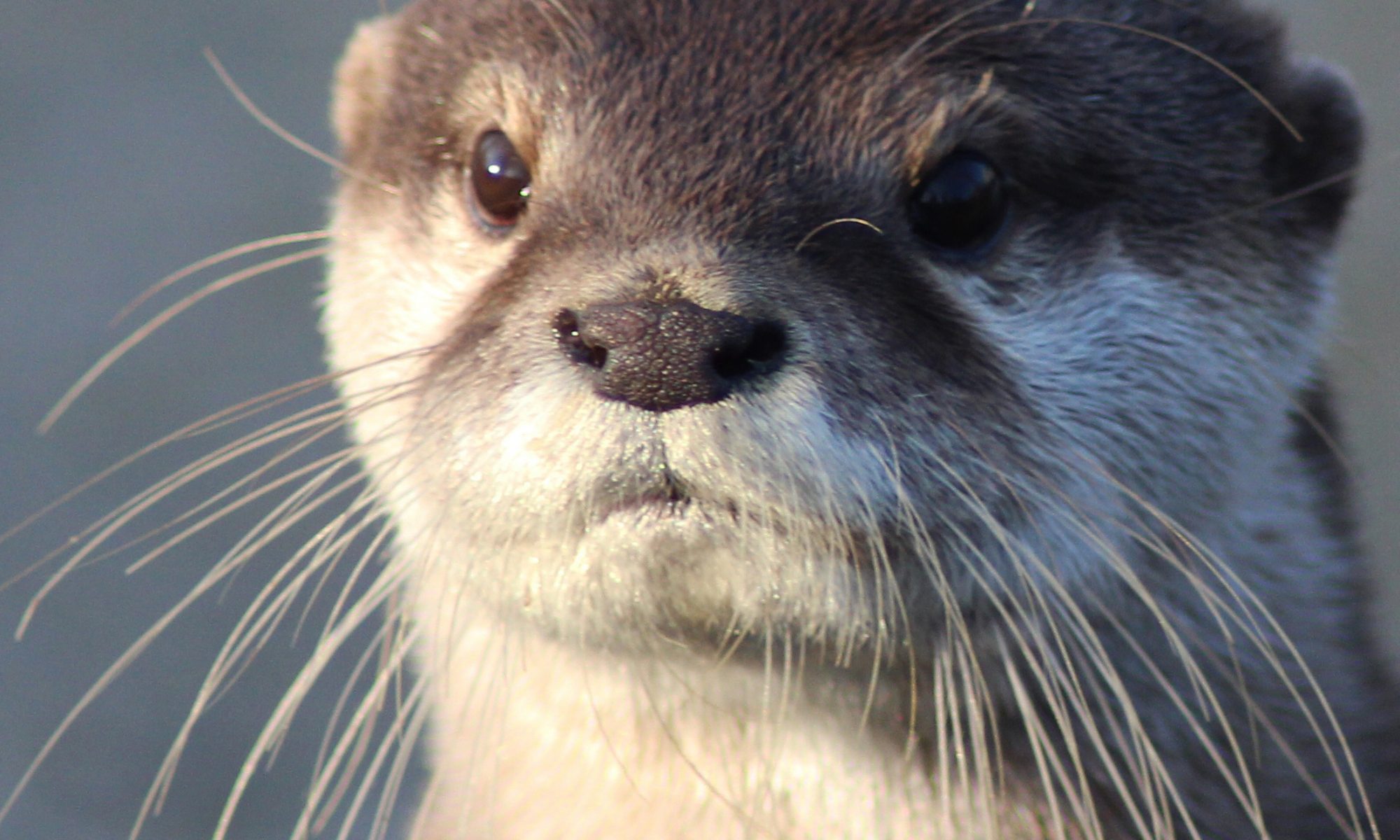
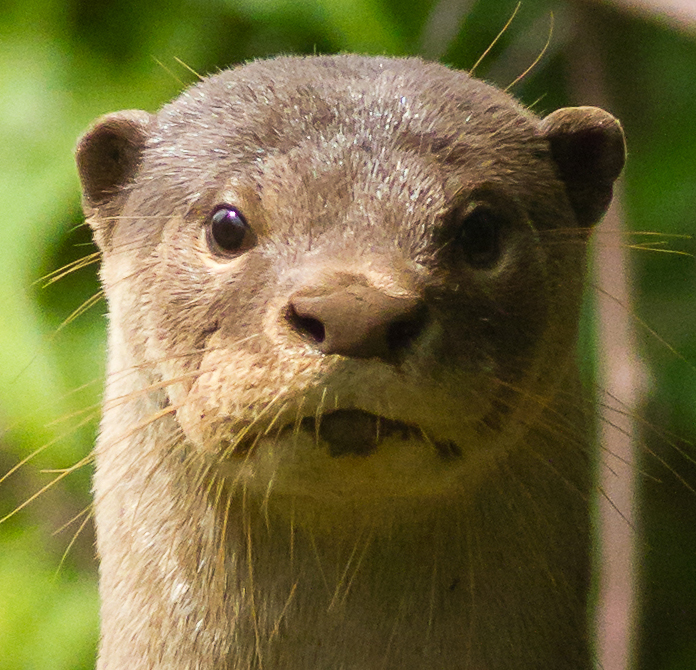
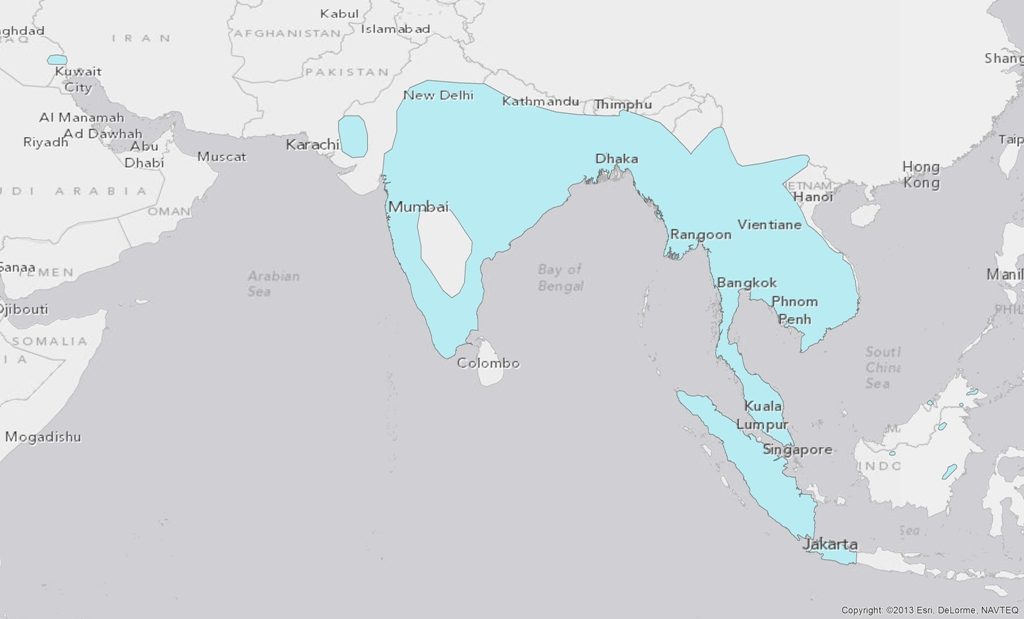
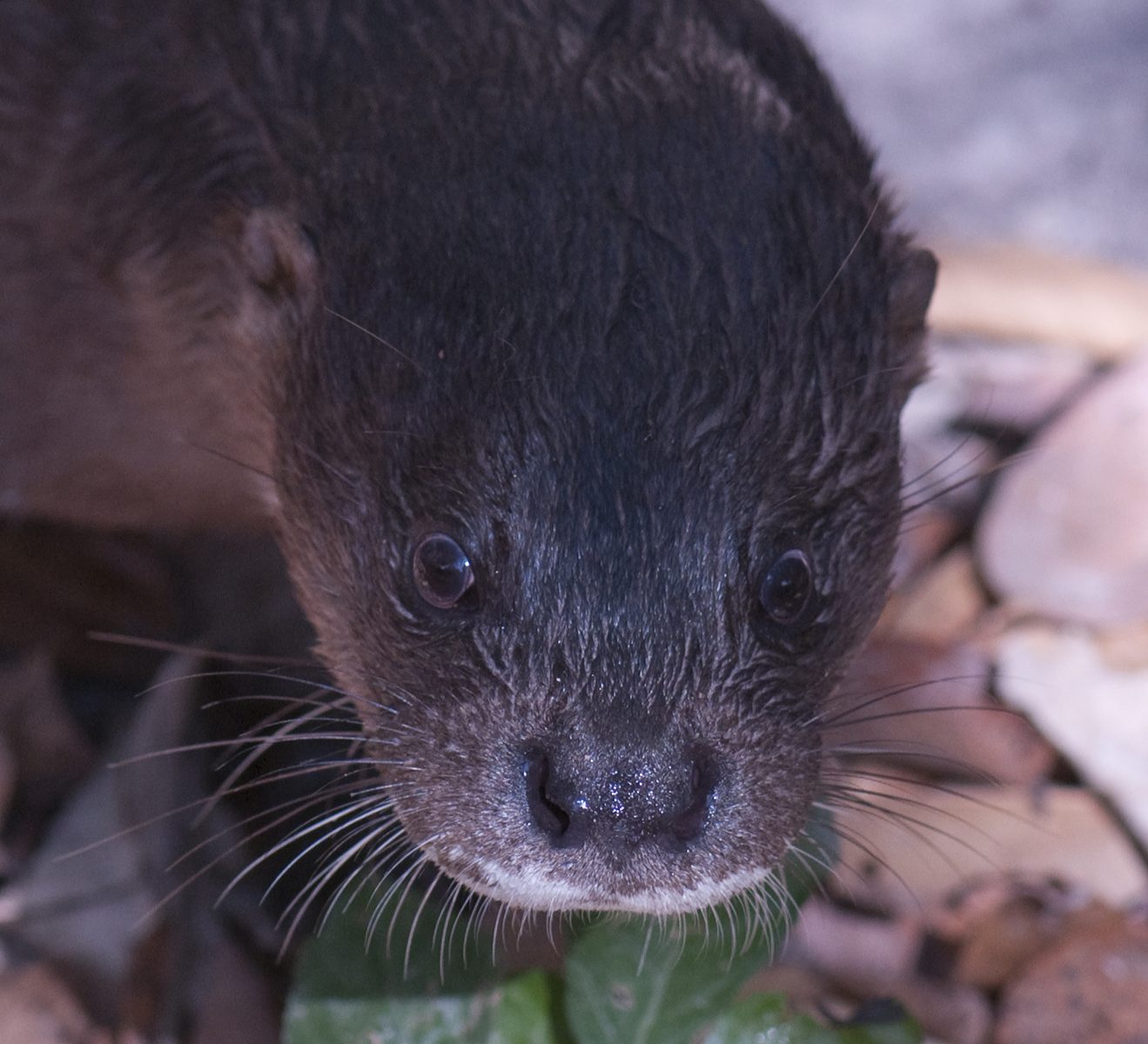
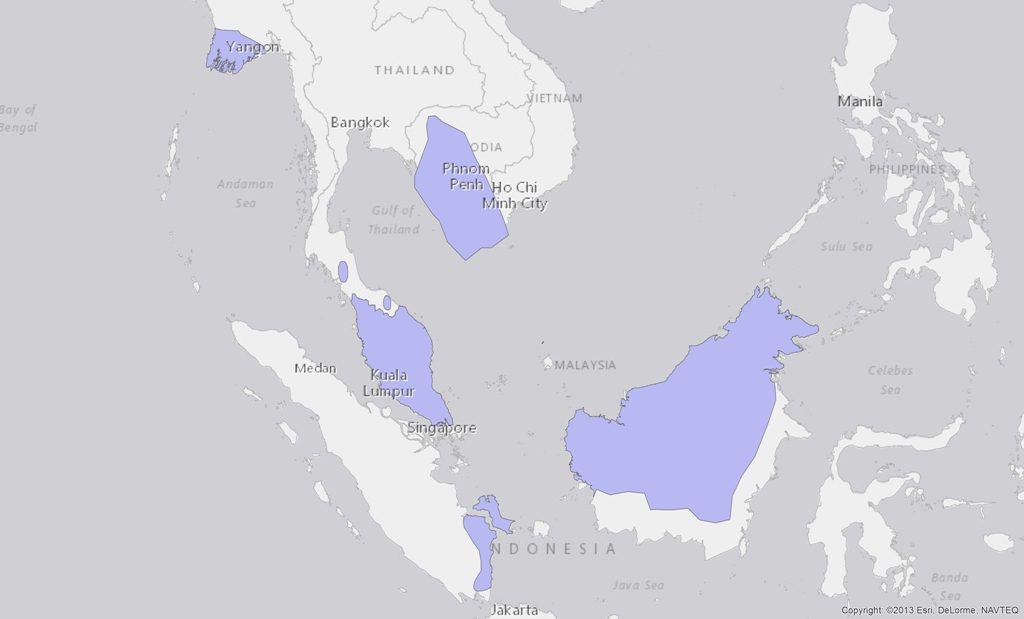
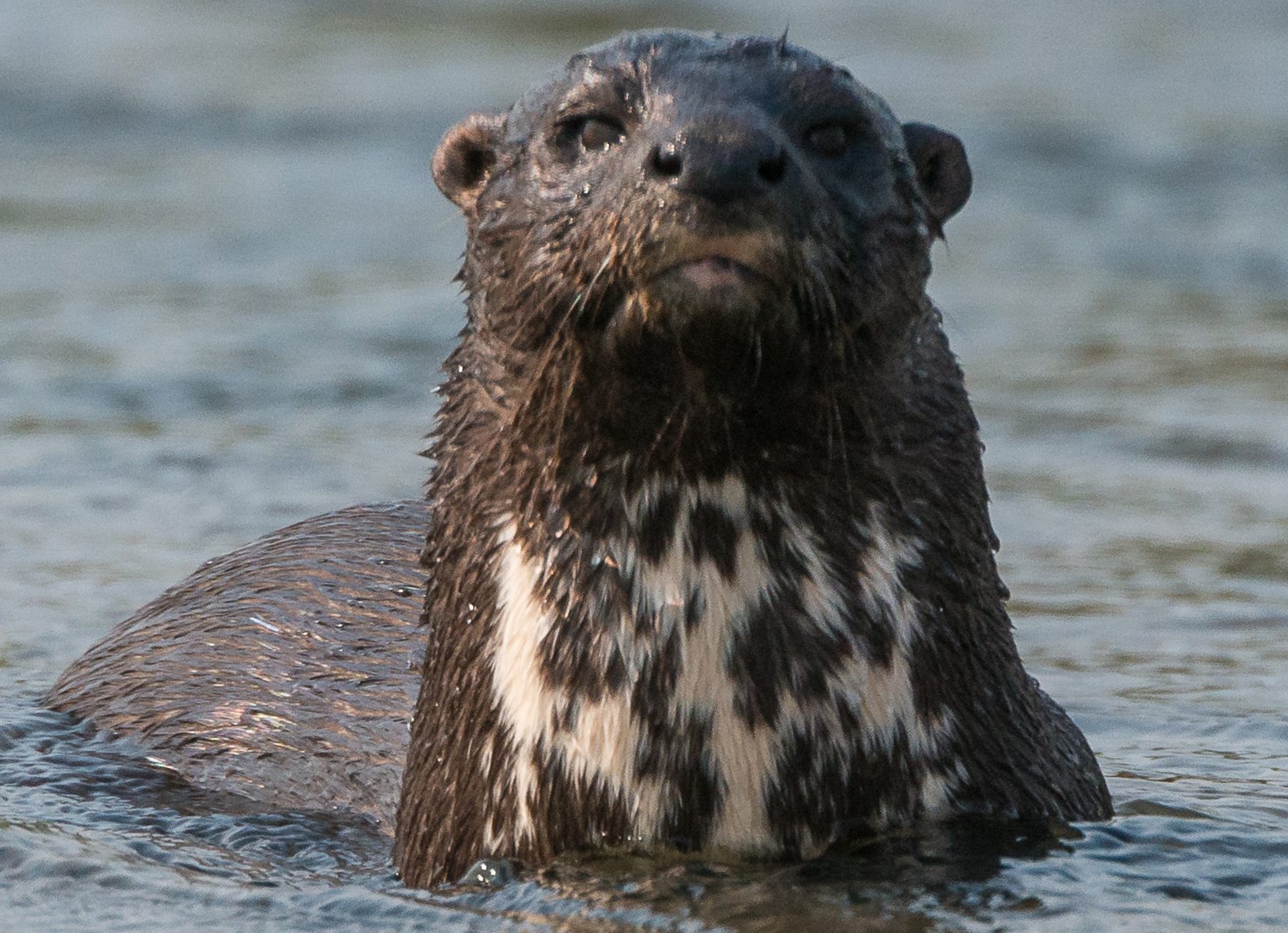
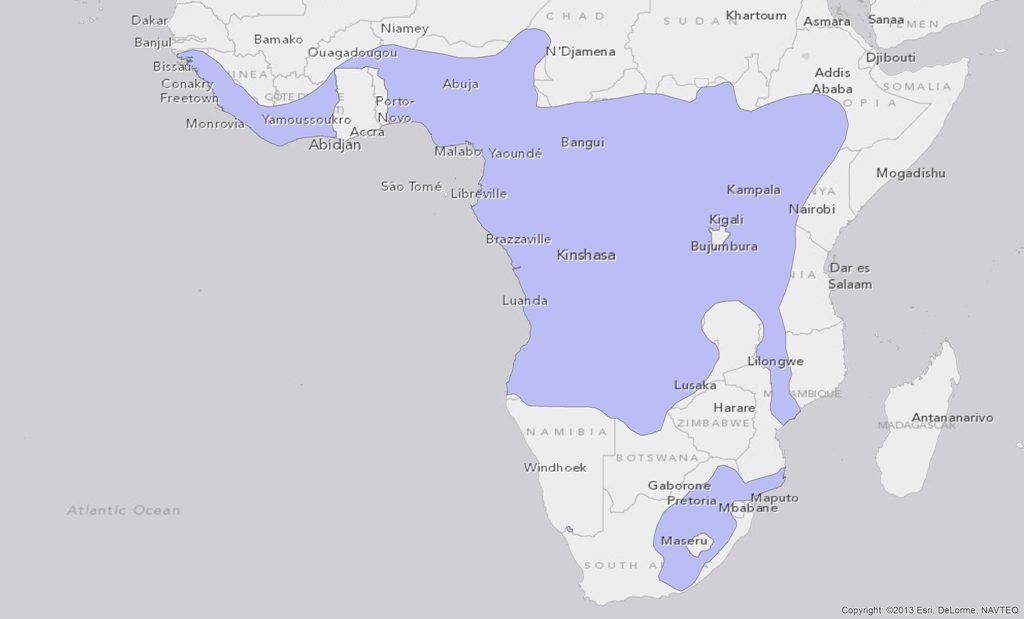
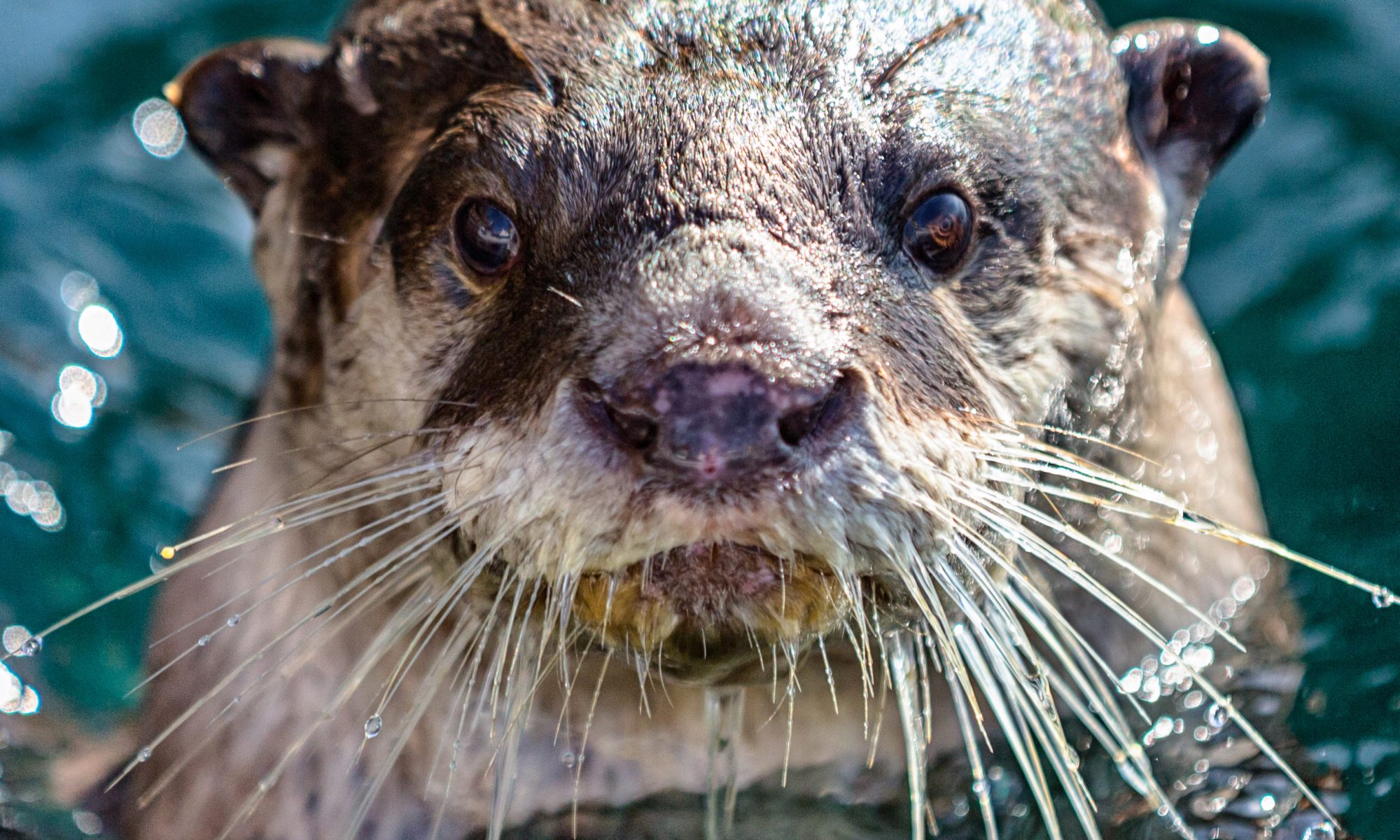
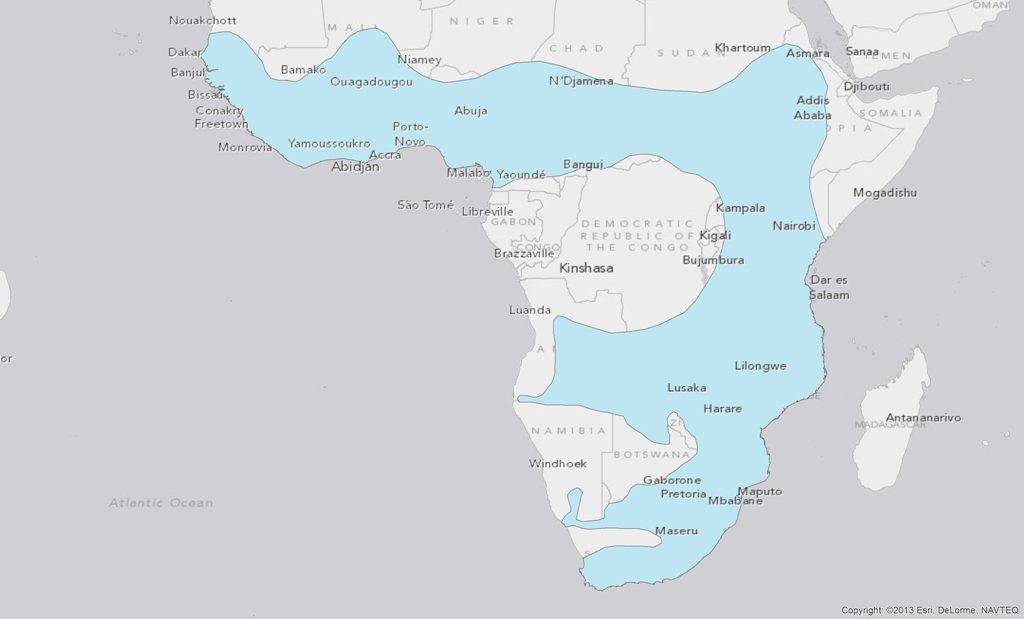 The third largest species in the world, the African clawless otter is highly versatile and can be found from towns, cities and highly polluted rivers to natural freshwater and marine habitats, as long as there is freshwater close-by to wash off the salt. It has crepuscular habits and can hunt in very murky water thanks to its long and sensitive whiskers. The African clawless otter has large molars adapted to crushing crabs and lobsters, but will also prey on frogs, fish and insects. The absence of claws and the reduced webbing on its paws gives this species incredible dexterity. It is usually solitary, but when prey is abundant it can be found in family groups of a female with her offspring or, more rarely, a male and a female with their young. Check out our sister group, the
The third largest species in the world, the African clawless otter is highly versatile and can be found from towns, cities and highly polluted rivers to natural freshwater and marine habitats, as long as there is freshwater close-by to wash off the salt. It has crepuscular habits and can hunt in very murky water thanks to its long and sensitive whiskers. The African clawless otter has large molars adapted to crushing crabs and lobsters, but will also prey on frogs, fish and insects. The absence of claws and the reduced webbing on its paws gives this species incredible dexterity. It is usually solitary, but when prey is abundant it can be found in family groups of a female with her offspring or, more rarely, a male and a female with their young. Check out our sister group, the 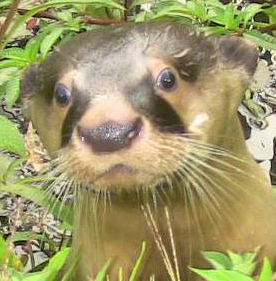
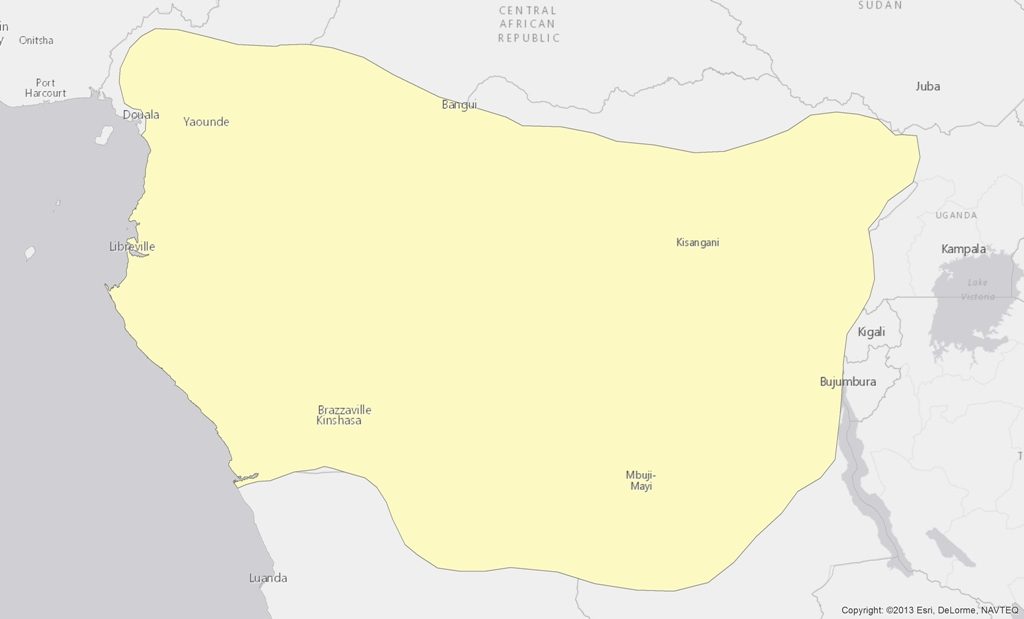
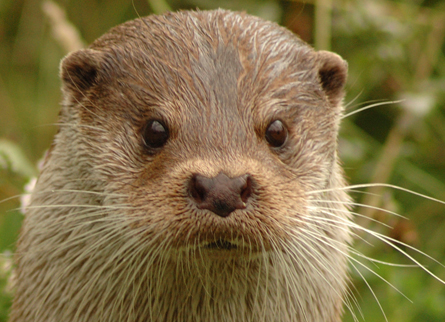
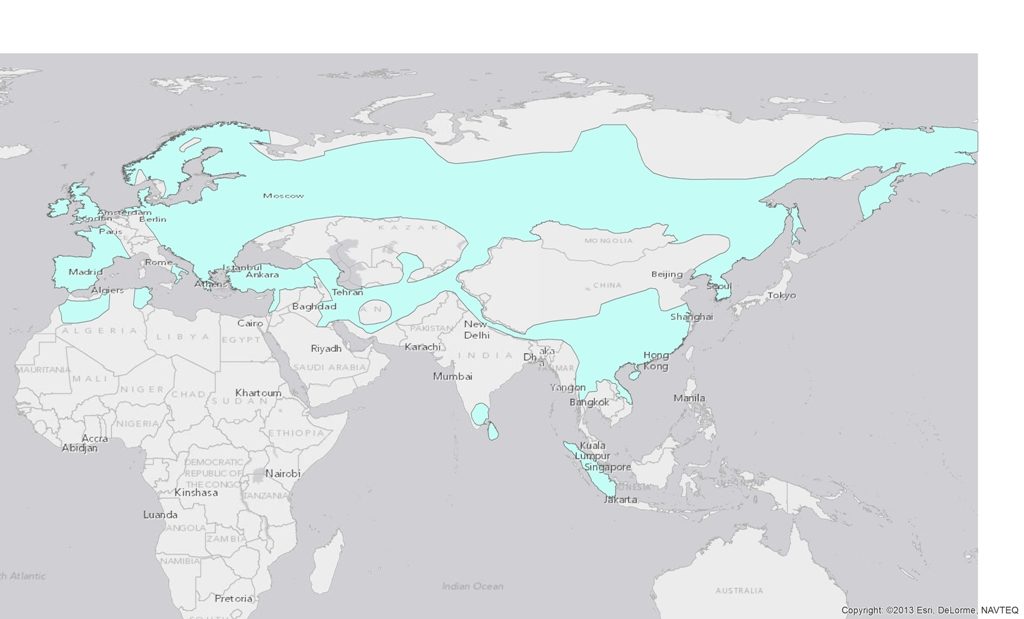
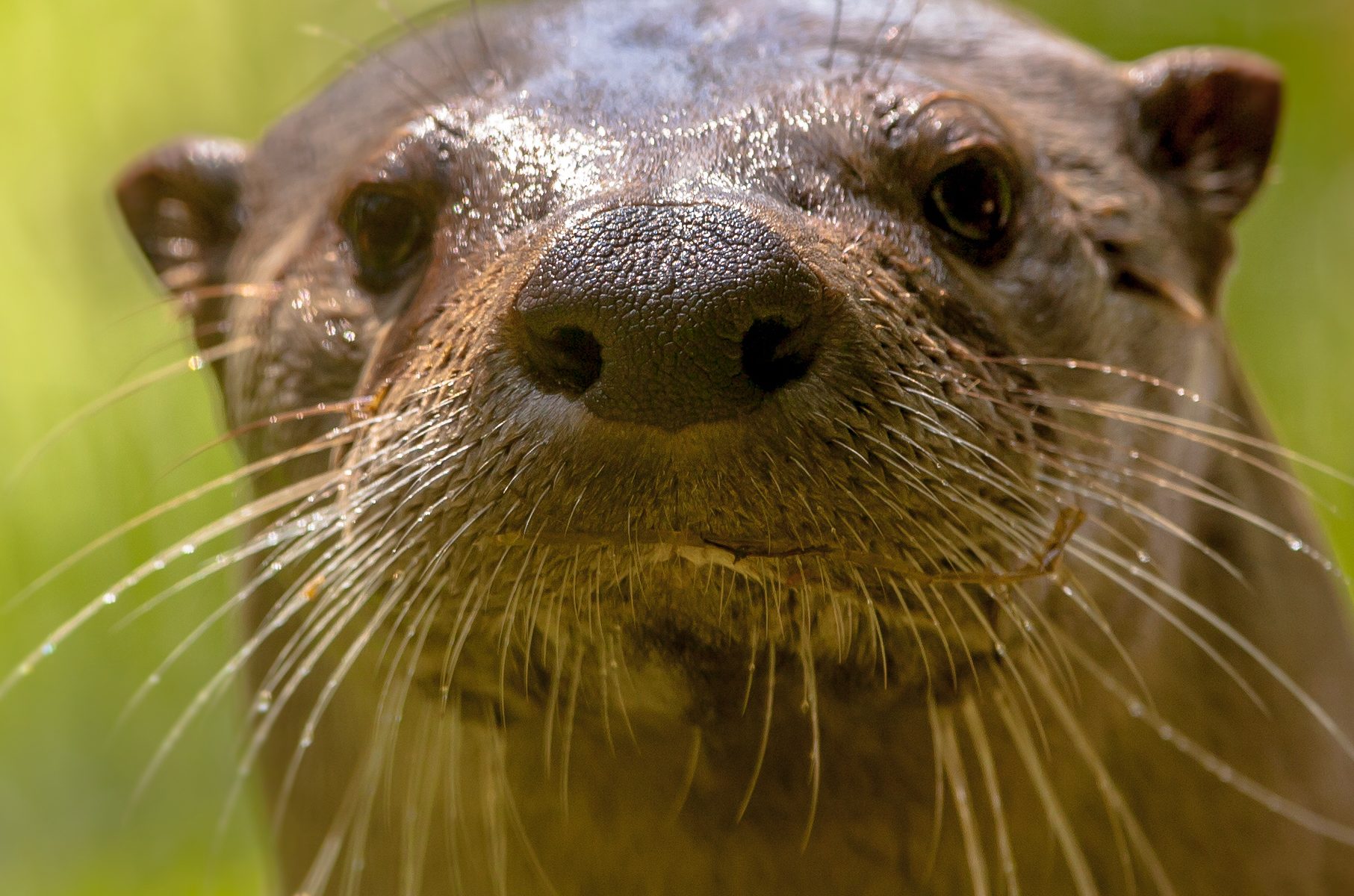
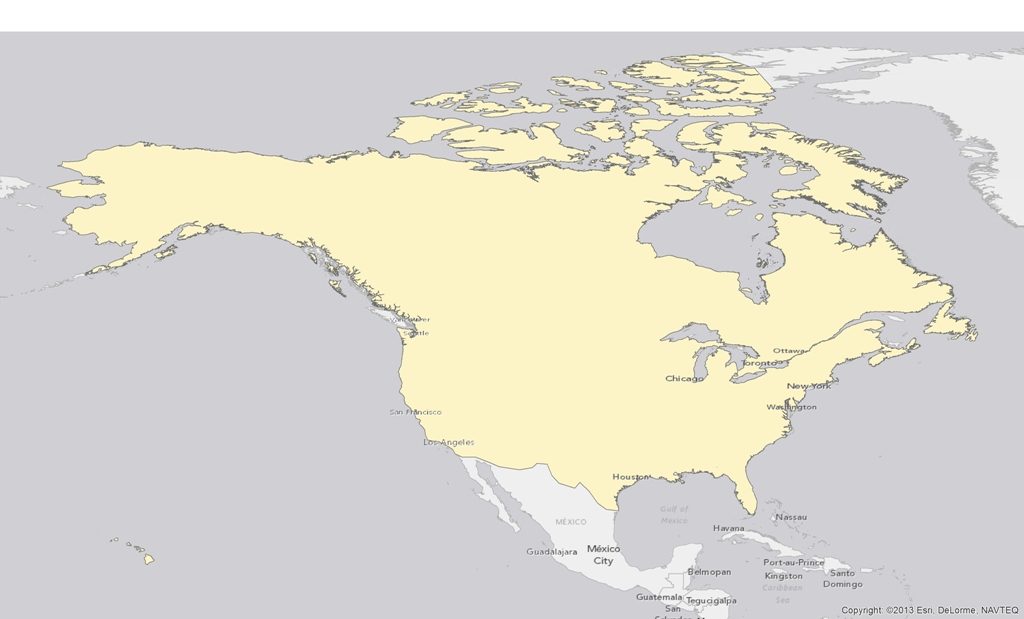
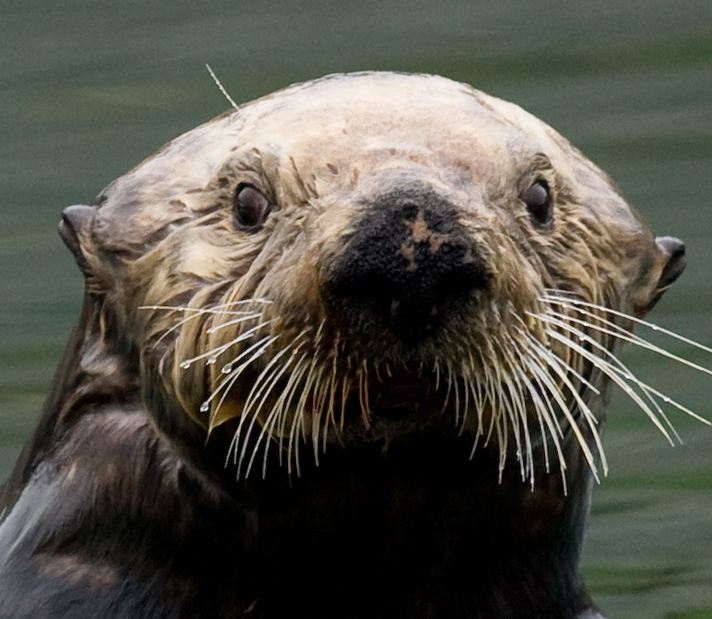
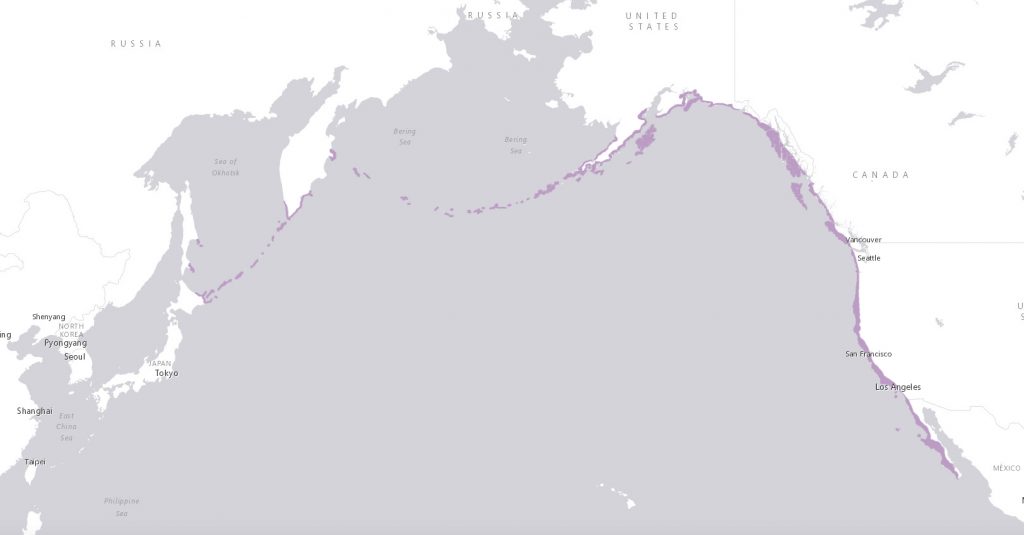
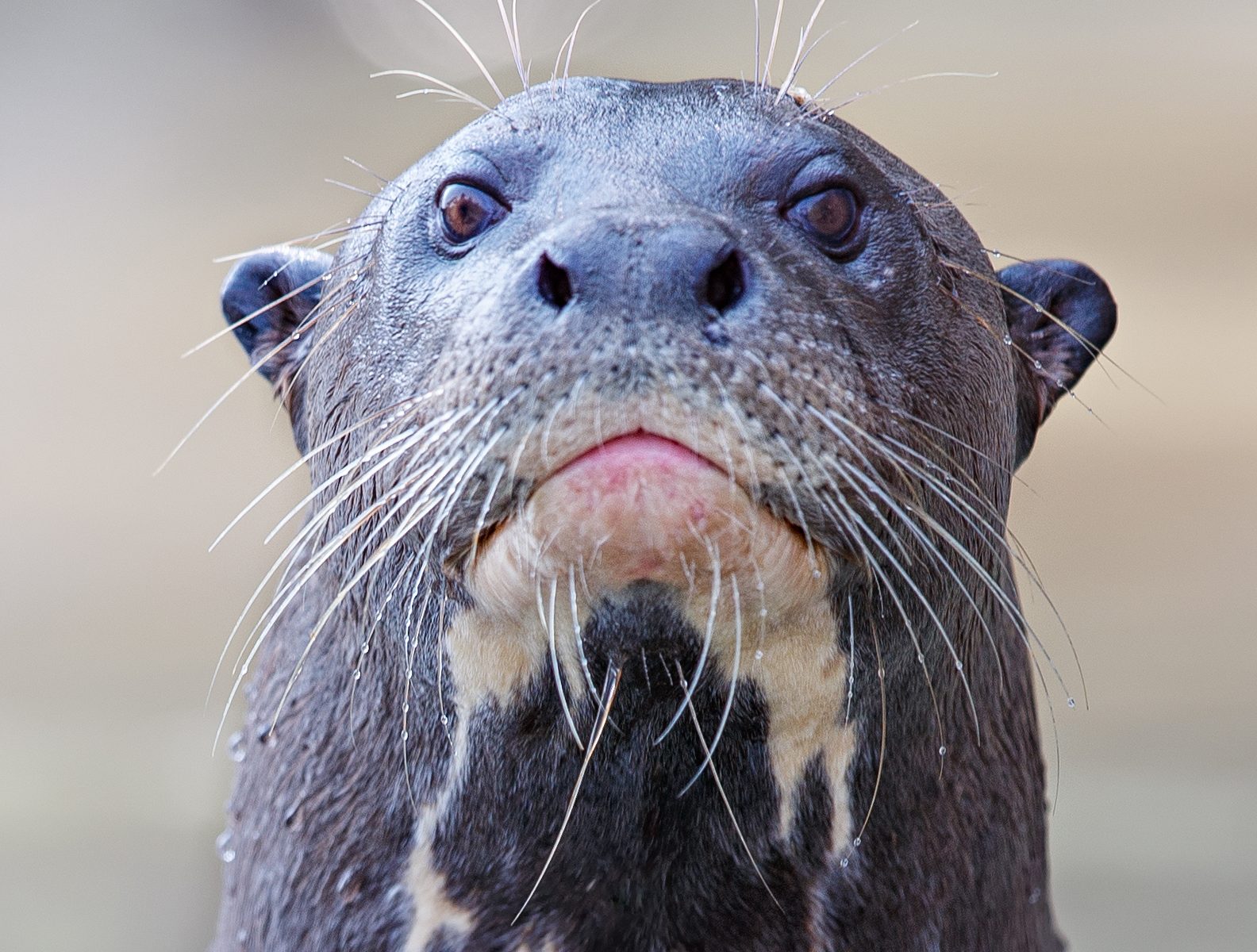
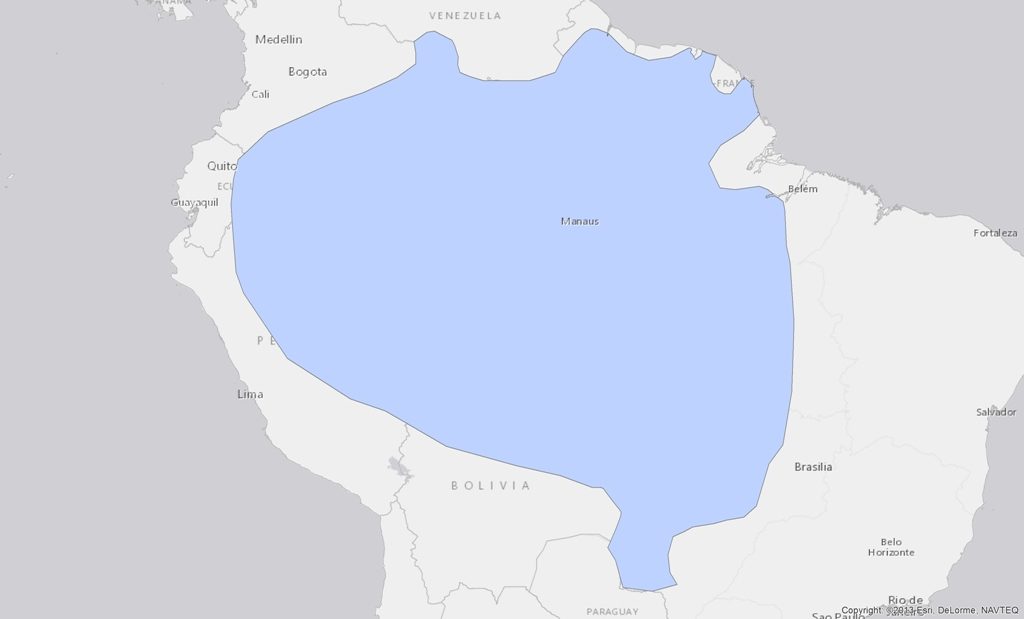
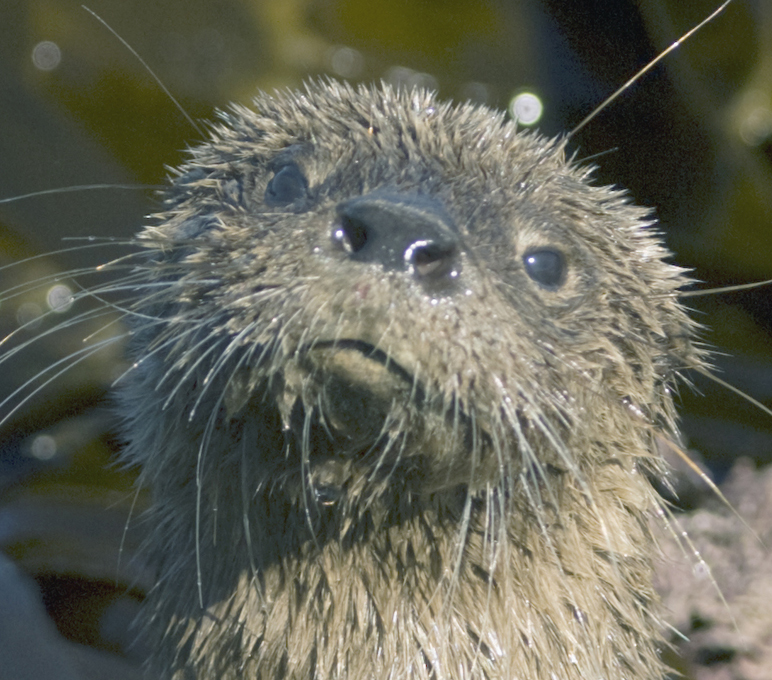
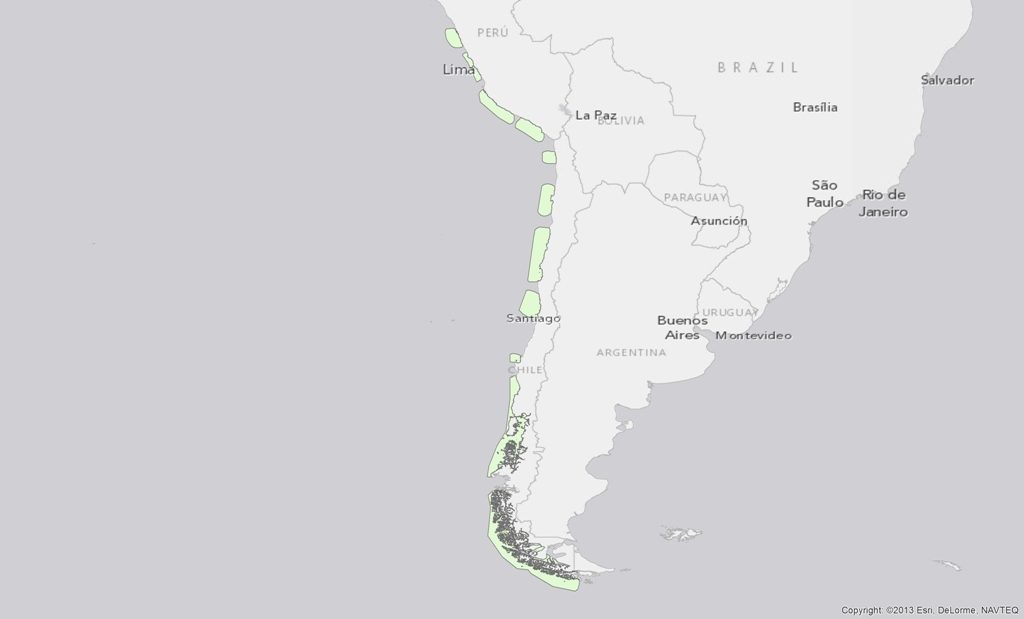
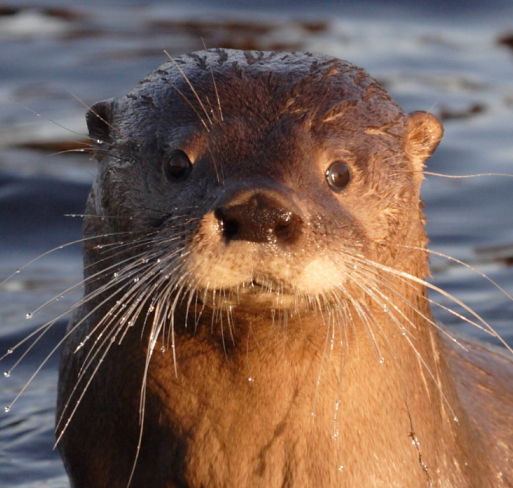
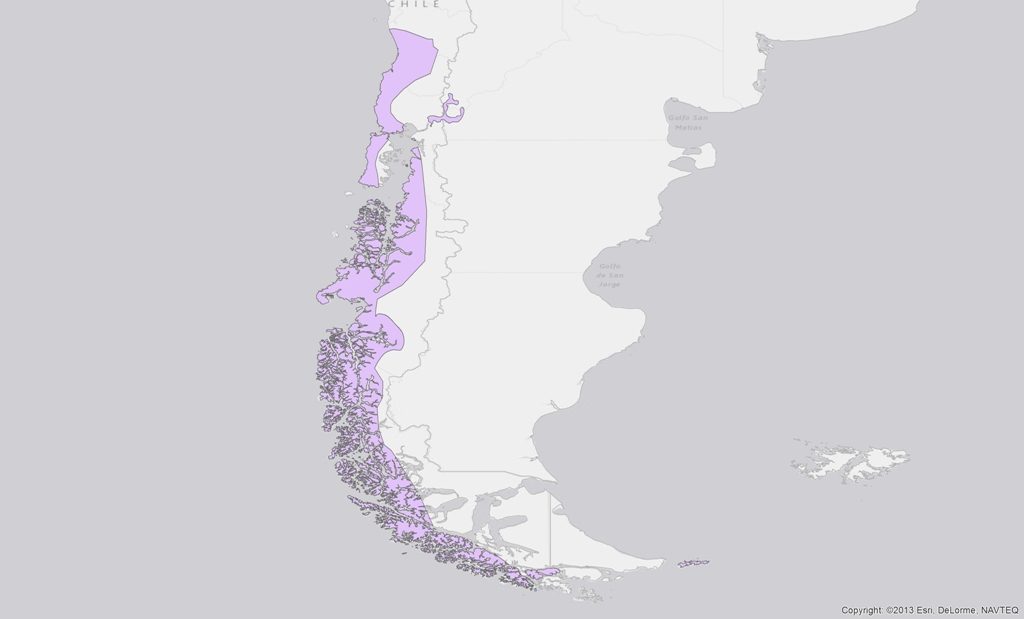 The rare Southern river otter lives in freshwater systems with abundant riparian vegetation. It hunts mainly fish, but also forages for crabs, molluscs and birds. It is found in inland lakes and close to the rocky coastal habitats of Argentina and Chile, never far from a source of freshwater. The Southern river otter’s habitat is very fragmented, possibly due to its rarity and also the fact that this extremely shy animal avoids the many fishing villages and areas with no potential shelter. Imported salmon is taking over some areas, and by devouring local fish species and being too fast for otters to catch, its presence is proving to be a problem for the Southern River otter. In addition to this, trapping for otter pelts and conflict with fishermen is still very common in some areas. The Southern river otter has been wiped out of much of its Argentinian areal because of habitat loss and poaching.
The rare Southern river otter lives in freshwater systems with abundant riparian vegetation. It hunts mainly fish, but also forages for crabs, molluscs and birds. It is found in inland lakes and close to the rocky coastal habitats of Argentina and Chile, never far from a source of freshwater. The Southern river otter’s habitat is very fragmented, possibly due to its rarity and also the fact that this extremely shy animal avoids the many fishing villages and areas with no potential shelter. Imported salmon is taking over some areas, and by devouring local fish species and being too fast for otters to catch, its presence is proving to be a problem for the Southern River otter. In addition to this, trapping for otter pelts and conflict with fishermen is still very common in some areas. The Southern river otter has been wiped out of much of its Argentinian areal because of habitat loss and poaching.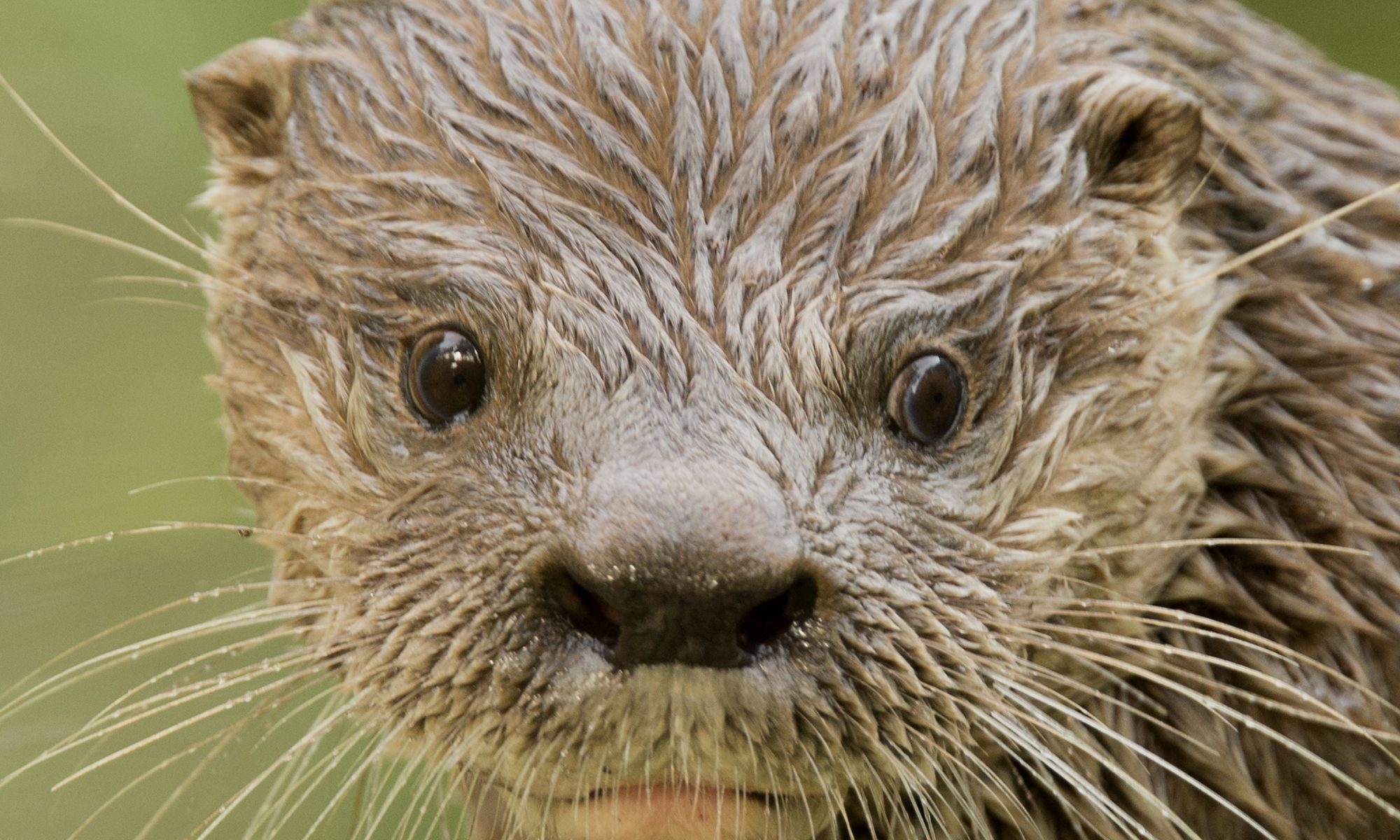
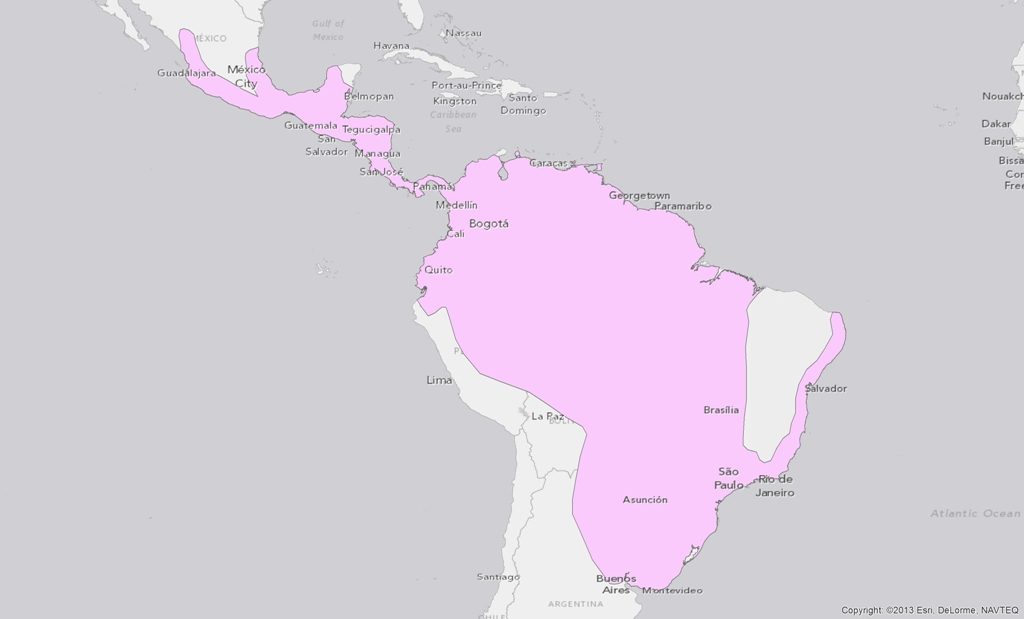 A large otter with a very, very long tail (hence the latin name), the Neotropical River otter seems to have a large distribution but an unknown population size. It is a versatile otter that is found in many habitats – one sighting in Chile was made at 3885 m above sea level! Sympatric with the giant otter, it has different habits and preferences – they seem to ignore each other. The Neotropical River otter may be diurnal or nocturnal and hunts fish, crustaceans, sometimes small mammals, birds, reptiles and insects. It is sometimes kept as a pet by fishermen and trained to help them corral fish into nets. Between the 1950s and the 1970s, an extremely high hunting rate nearly drove this little mustelid nearly into extinction when over 30,000 otters were killed every year for their pelts. Now, they are protected in every country in which they occur.
A large otter with a very, very long tail (hence the latin name), the Neotropical River otter seems to have a large distribution but an unknown population size. It is a versatile otter that is found in many habitats – one sighting in Chile was made at 3885 m above sea level! Sympatric with the giant otter, it has different habits and preferences – they seem to ignore each other. The Neotropical River otter may be diurnal or nocturnal and hunts fish, crustaceans, sometimes small mammals, birds, reptiles and insects. It is sometimes kept as a pet by fishermen and trained to help them corral fish into nets. Between the 1950s and the 1970s, an extremely high hunting rate nearly drove this little mustelid nearly into extinction when over 30,000 otters were killed every year for their pelts. Now, they are protected in every country in which they occur.